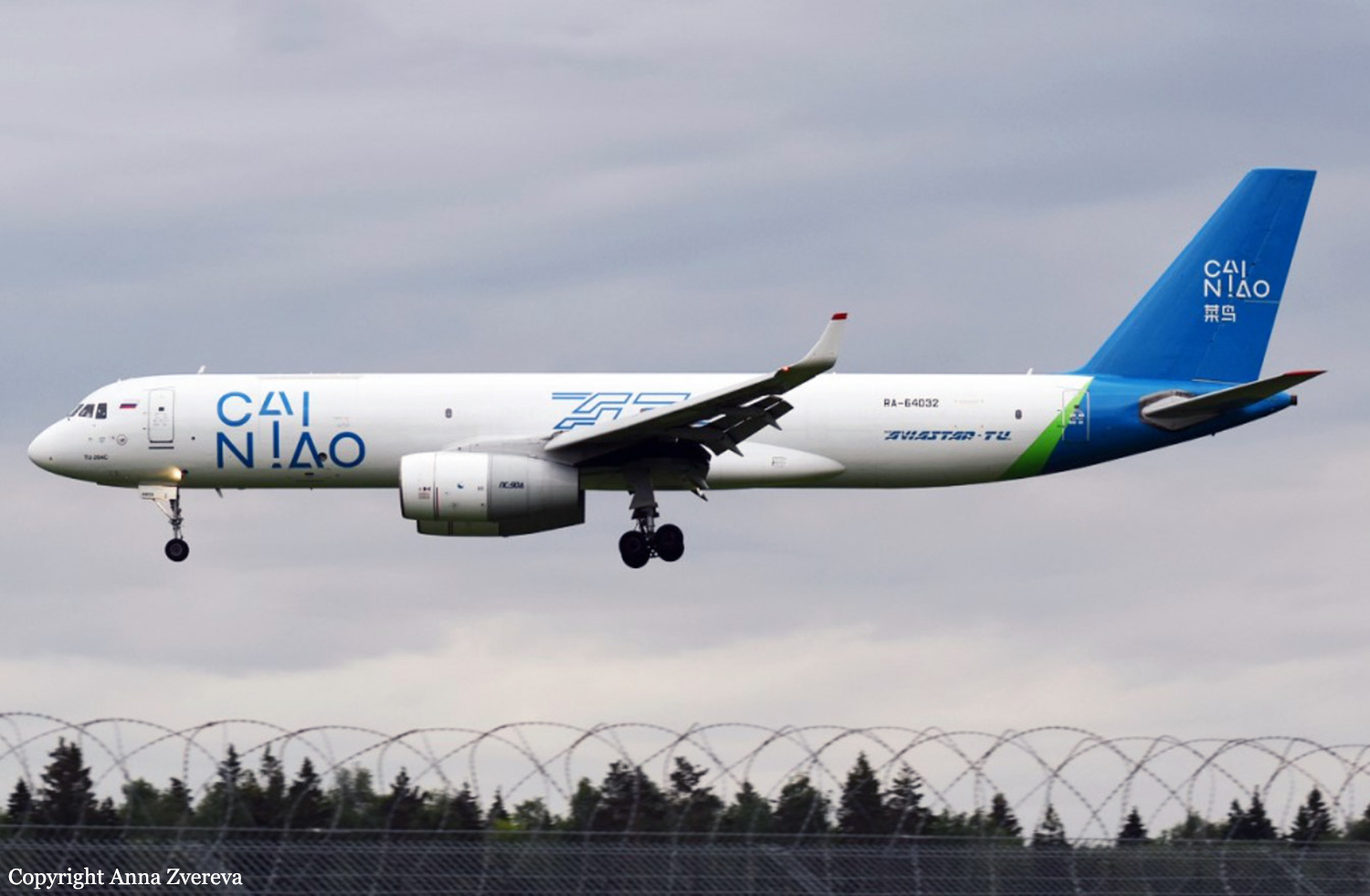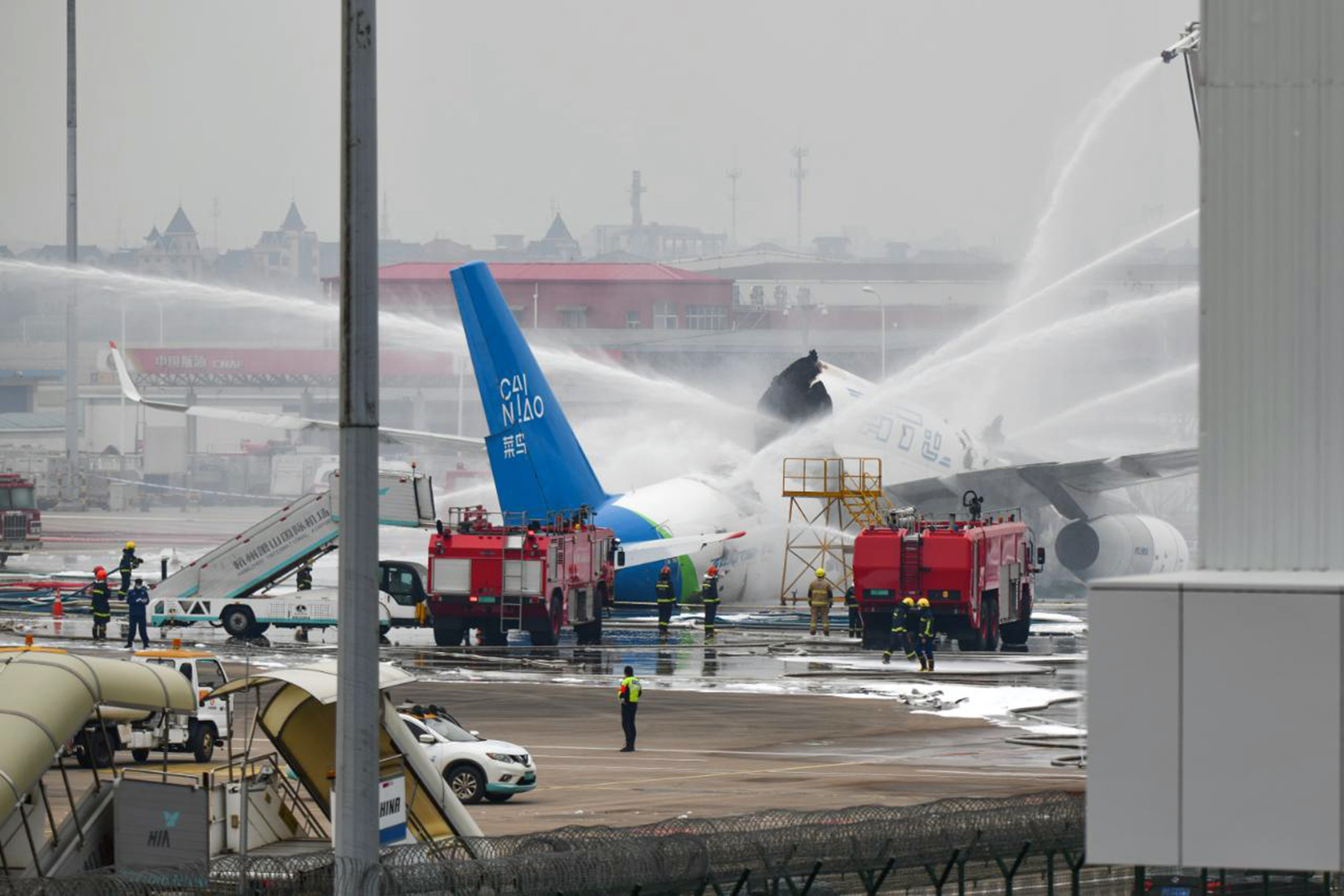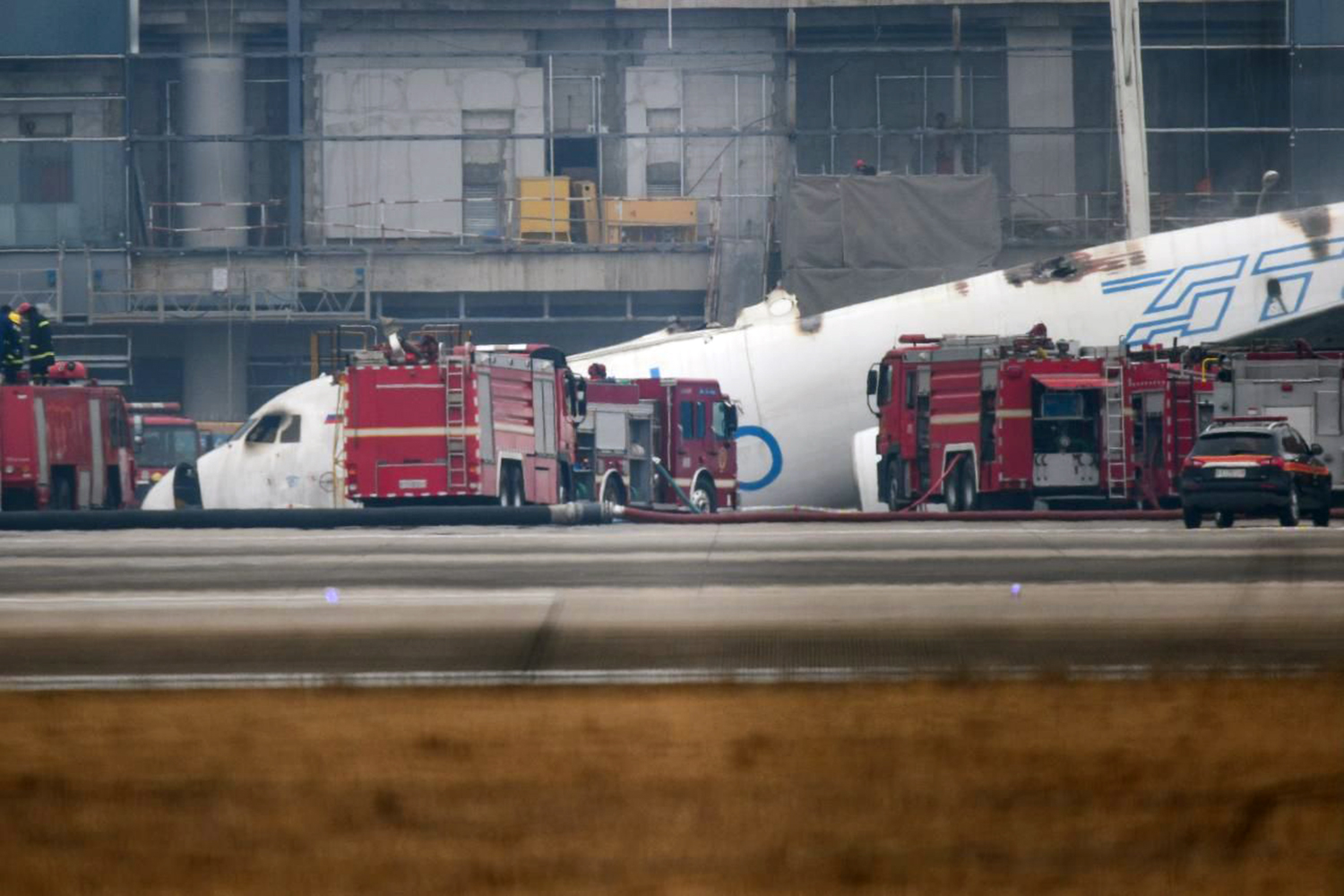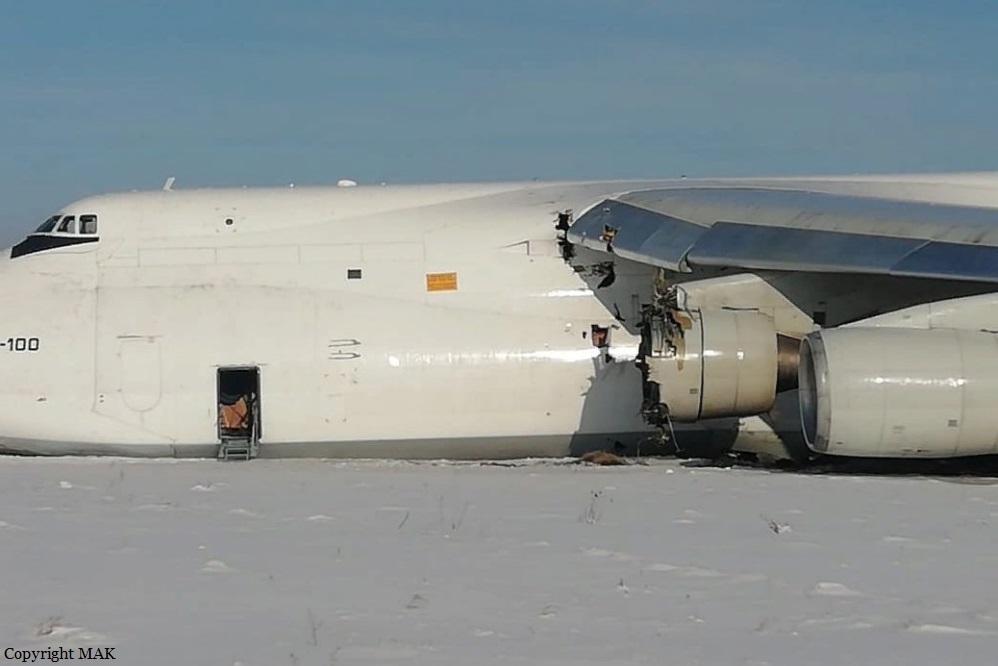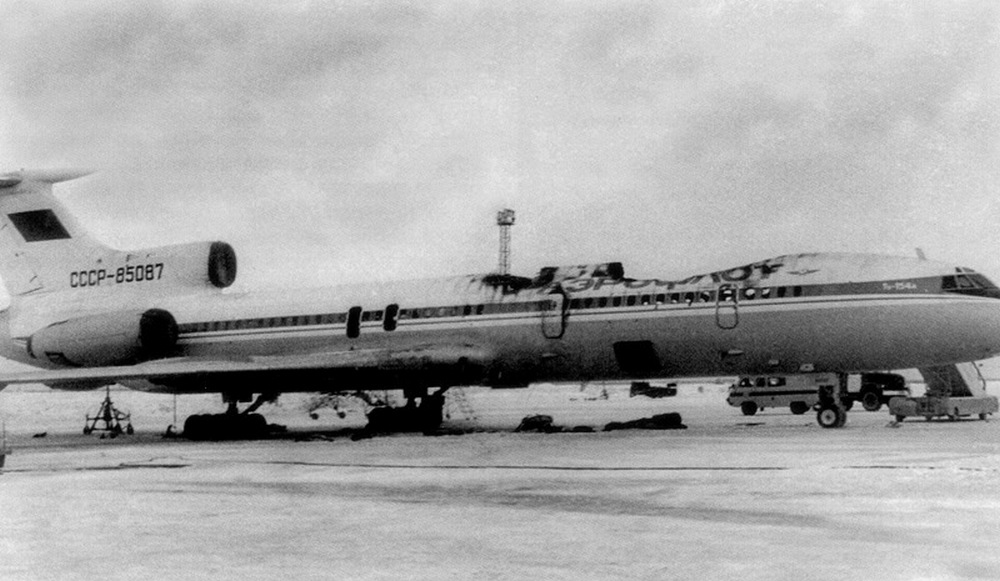Ground fire of a Tupolev TU-204-100C in Hangzhou
Date & Time:
Jan 8, 2022 at 0438 LT
Registration:
RA-64032
Survivors:
Yes
Schedule:
Hangzhou - Novosibirsk
MSN:
145074 2 2 64032
YOM:
2002
Flight number:
4B6534
Crew on board:
8
Crew fatalities:
Pax on board:
0
Pax fatalities:
Other fatalities:
Total fatalities:
0
Captain / Total hours on type:
3950.00
Copilot / Total hours on type:
3631
Aircraft flight hours:
35376
Aircraft flight cycles:
10470
Circumstances:
The airplane was ready for a cargo flight from Hangzhou to Novosibirsk-Tolmachevo Airport (flight 4B6534). On board were eight crew members (2 captains, 2 copilots, 2 flight engineers and 2 maintenance technicians) and a load of 20 tons of various goods. After the push back was completed from stand 204, the copilot was processing with a test of his oxygen mask when a leak occurred, later followed by three flashes coming from the right side of the cockpit. As black smoke was spreading in the cockpit and while taxiing, the captain stopped the airplane and all eight crew members evacuated from the left front door. Almost five hours were needed for the fire bombers to extinguish the fire and the airplane was almost destroyed. All eight crew members escaped uninjured.
Probable cause:
The investigation team believes that, the initial fire area was inside the console on the right side of the cockpit, and the origin of fire was located behind the audio control panel, in front of the oxygen shut-off and reducing device, and above the regulator control units. The most probable cause of fire is that the crew oxygen system components inside the right-hand console malfunctioned and resulted in oxygen leakage, and then the leaking oxygen formed an ephemeral oxygen-rich environment in the confined space. The considerable heat generated or emitted from the aircraft components and systems in this space ignited the combustible materials in the oxygen-rich environment. The leaking oxygen exacerbated the development and spread of the fire resulting in the substantial damage to the aircraft.
Final Report:
